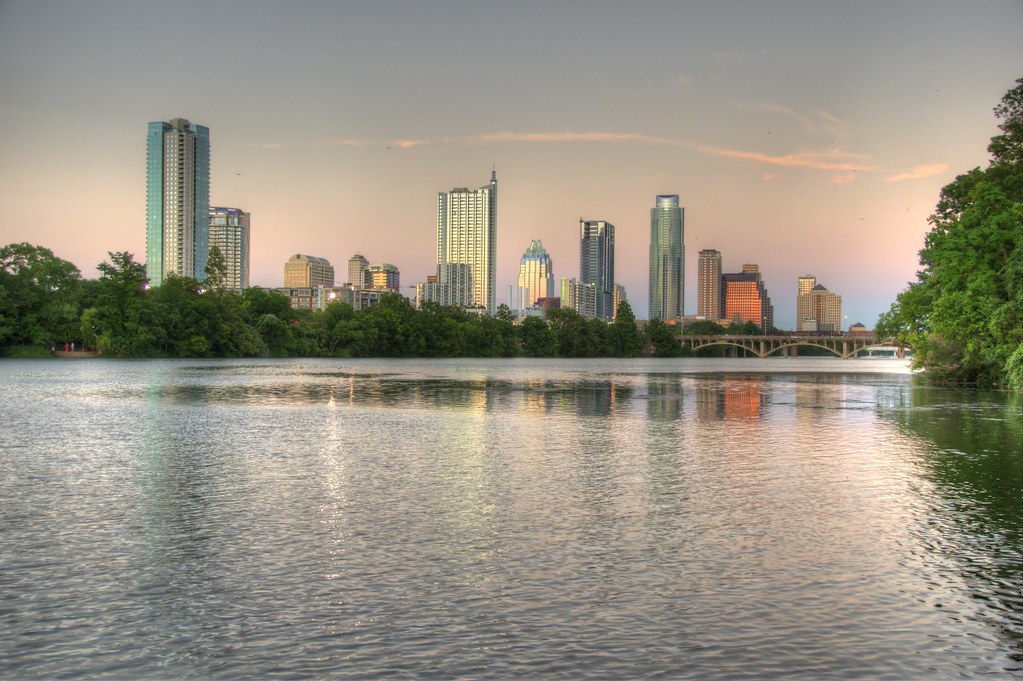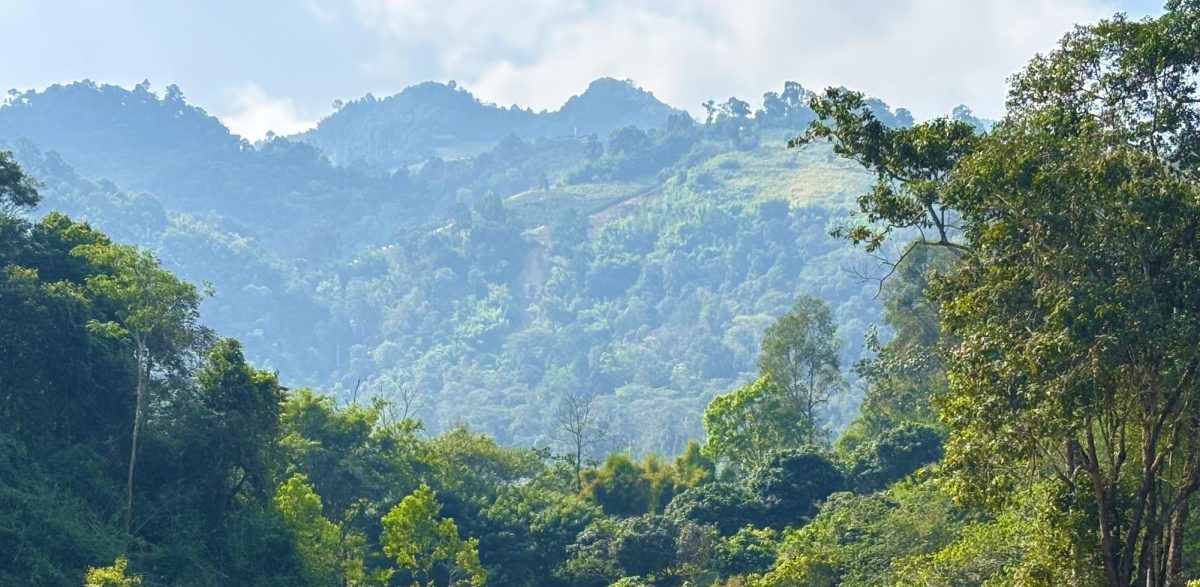For decades, Austin’s Ladybird lake has been the center of the city’s recreation and culture. Deservedly earning the nickname “town lake,” people have used the area as a way to experience nature in the heart of Austin. Whether utilizing the hike and bike trail or cooling off in Barton Springs, Ladybird lake is a crowd favorite for Austinites.
As Austin High lies right on the shore of Ladybird lake, town lake has become valuable to the school community, adding to the beauty of the campus. The lake is used for a variety of academic and sports purposes, including testing for the environmental science courses, and an area for cross country and rowing teams to practice. Ladybird lake is part of what makes Austin High unique, and contributes greatly to school culture. Students and staff agree that the proximity to nature and beauty of the lake contribute to utmost happiness during school. However over the past couple of years, the lake has run into issues that threaten to take away its beauty, and put its health in jeopardy.
Levels of toxic blue-green algae have risen considerably in the lake over the past decade. Blue-green algae, or cyanobacteria blooms, are explosions in algae that result from excess nutrients. Chemical fertilizers and lawn treatments can be washed into the lake after heavy downpours and flooding. These nutrients cause massive growth in the algae, which can suffocate and kill native plants, covering the surface of the lake and making it stagnant and in-appealing. Visually, you can see the difference, as a once pleasant blue lake is now covered with a thick layer of green muck.
Not only can it be harmful to the native plants and animals, but the blue-green algae has also shown to be toxic to pets. Before 2022, there were several deaths linked to the algae, which encouraged people to finally take action. This included Koda, a German shepherd mix, and Olliver, a golden retriever. Both dogs were young and healthy, and the sadness of this issue sparked change in the Austin Community to preserve the health of our water sources and protect our pets. After the most explosive cyanobacteria bloom in 2019, the city of Austin began to mitigate the issue. A treatment plan was set up, placing clay on various sites of Ladybird lake to try to soak up excess nutrients. The clay binds to and diminished phosphorus, a nutrient that in excess, sparks rapid algal growth. Treatment plans have been somewhat successful, as there have been no documented dog deaths since 2022. However, looking at the lake today, you can see that the presence of the algae is far from under control.
Stopping the takeover of cyanobacteria requires community effort and responsibility. Limiting erosion on your property, minimizing the use of chemical fertilizers, and picking up after your dog are all little steps that could make a huge difference in your community.









